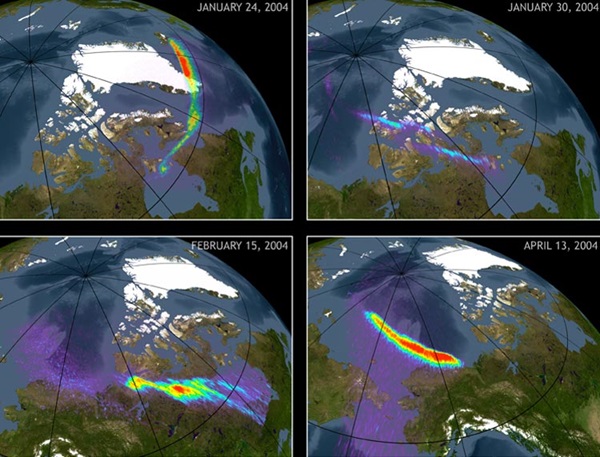Key Takeaways:
Chandra X-ray Observatory scientists turned the orbiting satellite away from its typical view of deep space toward Earth to get a fresh view of the aurora borealis. Studying data collected during 10 observations between January 24 and April 13, 2004, scientists discovered aurorae above Earth’s northern pole generate low-energy X rays. Other instruments, such as the Polar Ionosphere X-ray Imaging Experiment (PIXIE) camera aboard NASA’s Polar satellite, have detected high-energy X rays emanating from aurorae, but until now, none has detected low-energy X rays.
The PIXIE camera detects X rays in the energy band above 3 kiloelectron volts (keV). “Because Chandra X-ray detectors have their peak response below 2 keV. Chandra observations are useful for exploring this lower energy band,” research team leader Ron Elsner of NASA’s Marshall Space Flight Center in Huntsville, Alabama, told Astronomy.
For each observation, Chandra focused on a point in the sky just over Earth’s north polar region for 10 minutes. During this time, Earth passed through the satellite’s field of view.
The observations show that low-energy X-ray aurorae are highly variable. “At different times, we saw intense arcs, multiple arcs, diffuse patches, and even nothing,” Elsner said.
Aurorae occur when charged particles from the solar wind slam into and excite atoms and molecules in Earth’s upper atmosphere above the north and south poles, where Earth’s magnetic field lines come together. The particles incinerate as they enter Earth’s upper atmosphere, resulting in beautiful, sometimes undulating, curtains of light.










